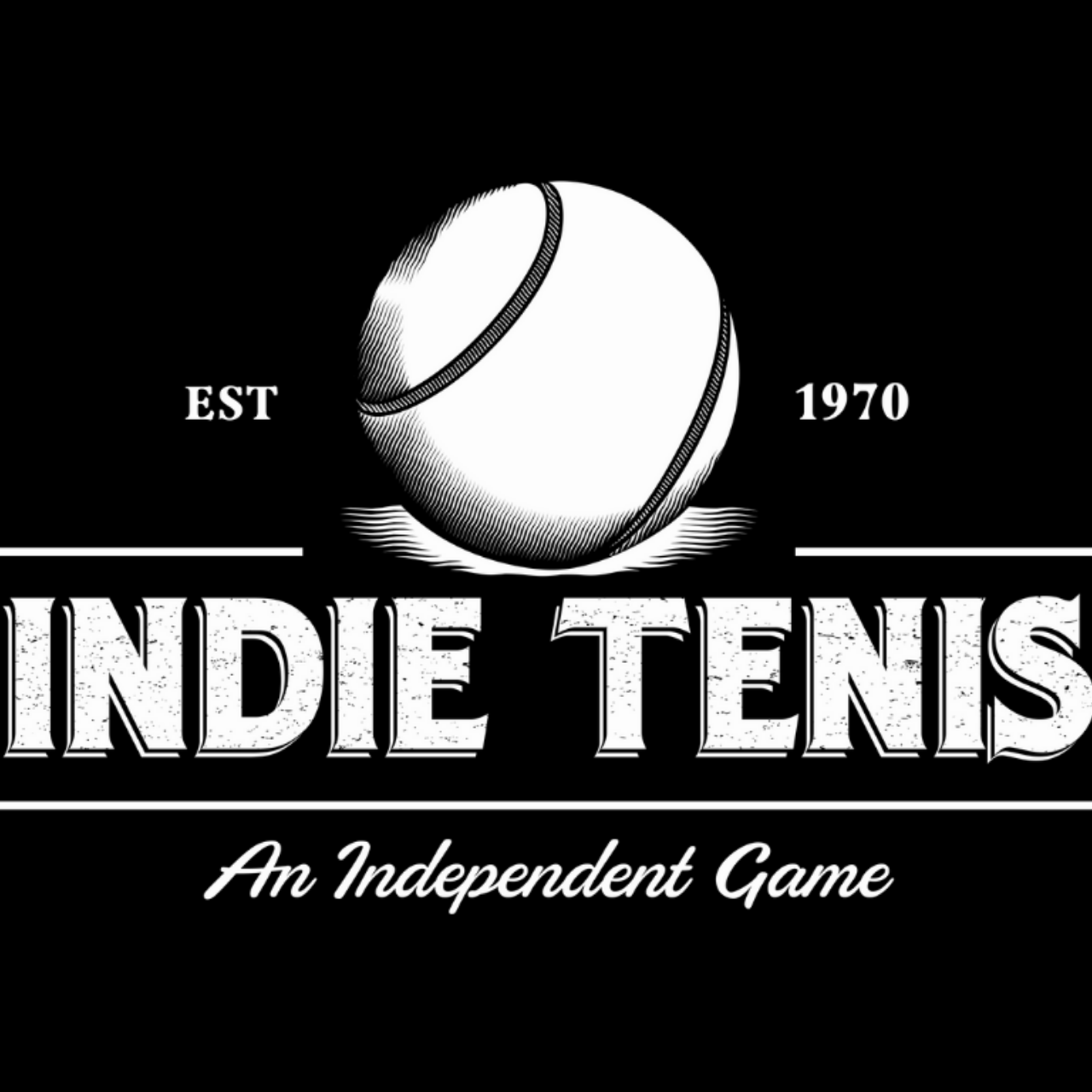Junior Tennis: What's changed in the world of juniors and how parents navigate the path
Evolution of Junior Tennis: Navigating the Transformative Shifts
In reflecting on the world of junior tennis we talk with Eric Dobsha, Owner of Tampa Florida’s top junior tennis academy about junior tennis’ evolution from the 80s to the present day 2024. Eric calls out how there’s been a notable transformation in the extended efforts required to attain the competitive experiences that were more readily available in our past.
The landscape of junior competition has undergone a significant shift, characterized by a dispersion in the tournament structure. Gone are the days of regional tournaments in Florida, where players could face opponents from level 3 or 4 sectionals, progressing to challenging matchups with individuals ranked in the nation's top 10.
Currently, the dynamics have changed, necessitating a broader reach and participation in ITF tournaments to access the caliber of competition once found in local events. This shift has had implications on the financial aspect, contributing to what could be described as a "ducking system."
Rafa Nadal Academy Promo code: Use for Mallorca & Mexico locations 2025
Junior Tennis: The chase for points
Regrettably, the intense rivalries that flourished in the past, with players engaging in local battles and encountering familiar opponents multiple times a year, have dwindled. The chase for tournament points now extends beyond the local sphere, diminishing the strength of tournaments overall.
While ITF tournaments continue to maintain their robust competitive nature, the local scene has experienced a shift away from the grandeur seen in the middle of Florida during the rise of tennis luminaries like Capriati under the mentorship of figures such as Rick Macci, Bolletierri, and Harry Hopmans. The transformation has altered the dynamic, transforming what were once local tournaments into the modern-day equivalents of ITFs.
Competition Junior Tennis 2024
Additionally, the recalibration of the tennis calendar, transitioning from a performance-based assessment to a points-oriented system akin to the Universal Tennis Rating (UTR), has further modified the competitive environment. This shift has impacted the strength of competition within the United States, particularly on the local circuit, where the depth and intensity of matches are not as pronounced as in years past.
In essence, the current landscape of junior tennis in the United States reflects a departure from the localized, intense rivalries and skill refinement opportunities that defined the sport in the 80s. The journey to elite competition now demands a broader geographical scope, with players navigating an altered structure and pursuing points on a fluid calendar.
How parents can navigate the life of high performance junior tennis
Embarking on the journey of junior tennis tournaments can be both exciting and challenging for new tennis parents. Allow Eric Dobsha to guide you through the path offering insights into the lifestyle and what lies ahead for the family of high performance junior players.
Here’s a couple essential guidelines from Florida’s most sought after junior tennis academy - Dobsha Tennis Academy:
UTR and Division 1 Aspirations:
A rule of thumb for aspiring Division 1 players is to maintain a UTR (Universal Tennis Rating) that aligns with their grade level. Understanding this guideline is crucial, and while training intensity varies from one player to another, a general principle often applied is the Chinese proverb: the number of hours trained weekly should match the player's age.
Match Frequency and Tournament Experience:
Brace yourselves for a demanding schedule involving 30 to 40 matches per year at a minimum. This journey is a marathon, not a sprint. Prepare for extended waiting periods during tournaments. Consider booking a hotel room or bringing entertainment to cope with the downtime between matches.
Tournament Selection:
Educate yourself about the tournament levels. In the U.S., tournaments are classified as level 7 (local) to level 1 (national), with lower numbers indicating higher-quality events. Aim for at least two tournaments a month to gain valuable experience.
Playing Partners and Winning Mentality:
Contrary to a common misconception, players don't always need to compete with someone better. Winning is crucial for both enjoyment and learning. Constantly playing against stronger opponents can diminish the fun factor, potentially leading to a loss of interest in the sport.
Entering Tournaments:
Enter any tournament you can, whether through USTA or UTR. Both platforms offer similar opportunities. The pathway to success involves consistent play and embracing every available opportunity to compete.
Mental Resilience and Dealing with Losses:
Acknowledge that handling losses is a significant aspect, especially in the beginning. It's not uncommon for players to face challenges initially. Patience and understanding are vital, as mental management plays a crucial role. Share your own experiences, emphasizing the normalcy of losses in the developmental phase. Remember, managing expectations is a continuous process; children tend to remember losses more than the fun moments, so focus on fostering a resilient and positive mindset.
In essence, the junior tennis player journey involves consistent play, strategic tournament selections, and unwavering support in navigating the inevitable highs and lows. Remember to celebrate the victories and provide guidance during challenging moments to ensure a positive and fulfilling tennis experience for your young athlete.




